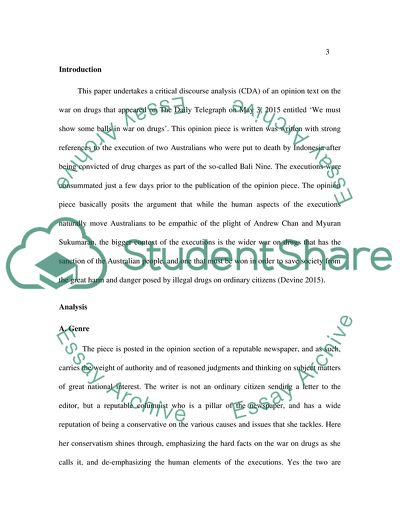Cite this document
(Analysis of Text Using CDA Report Example | Topics and Well Written Essays - 1500 words, n.d.)
Analysis of Text Using CDA Report Example | Topics and Well Written Essays - 1500 words. https://studentshare.org/journalism-communication/1875837-text-analysis-using-critical-analysis-discourse-cda-toolkit
Analysis of Text Using CDA Report Example | Topics and Well Written Essays - 1500 words. https://studentshare.org/journalism-communication/1875837-text-analysis-using-critical-analysis-discourse-cda-toolkit
(Analysis of Text Using CDA Report Example | Topics and Well Written Essays - 1500 Words)
Analysis of Text Using CDA Report Example | Topics and Well Written Essays - 1500 Words. https://studentshare.org/journalism-communication/1875837-text-analysis-using-critical-analysis-discourse-cda-toolkit.
Analysis of Text Using CDA Report Example | Topics and Well Written Essays - 1500 Words. https://studentshare.org/journalism-communication/1875837-text-analysis-using-critical-analysis-discourse-cda-toolkit.
“Analysis of Text Using CDA Report Example | Topics and Well Written Essays - 1500 Words”. https://studentshare.org/journalism-communication/1875837-text-analysis-using-critical-analysis-discourse-cda-toolkit.


